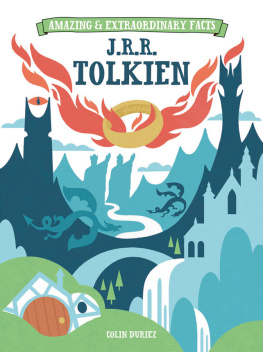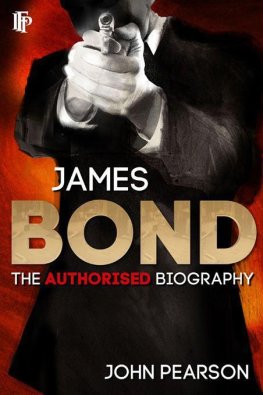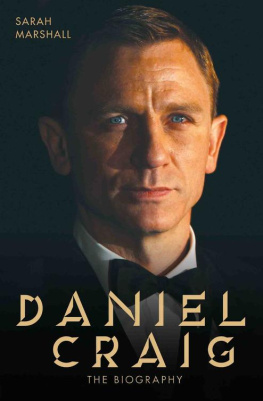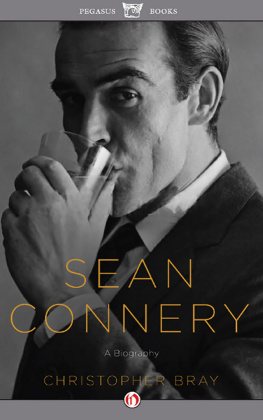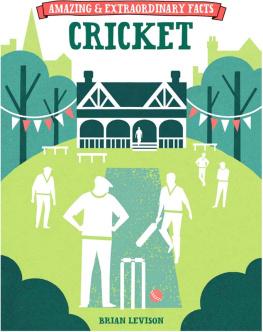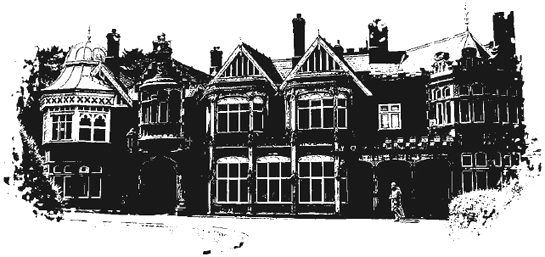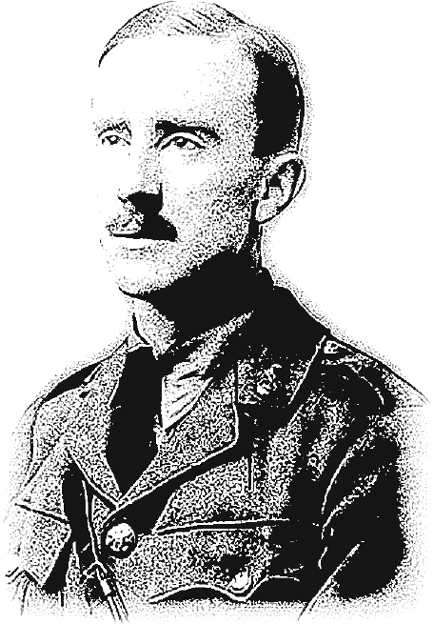Amazing & Extraordinary Facts
J.R.R. Tolkien
COLIN DURIEZ
Dedication
In memory of my dear sister
Barbara Pauline Duriez
23 March 1945 to 30 January 2007
Introduction
Hobbits are said to love tobacco, ordinary humdrum life, locally brewed beer, and colourful waistcoats. So too did their creator, who once described himself as in essence a Hobbit in all but size.
Though undoubtedly an academic (and perhaps a hobbit), there was much more to J.R.R. Tolkien. He was kidnapped (or rather, borrowed without permission) as a baby in South Africa, orphaned, survived the bloody Battle of the Somme of World War One with deep mental scars, and preferred ordinary family life and seaside holidays to his later celebrity. His major book, The Lord of the Rings, one of the most popular and successful stories of our time, was expected by its doubting publisher to make a big loss.
The Hobbit man is hard to sum up, even going by statements he made about himself. I put together this collection of fascinating and intriguing facts about the creator of Hobbits just after writing about his life. In that biography, as you might expect, I tried to capture his often cryptic personality, so as to provide a rounded and accurate portrait. In compiling this present book, Ive discovered that selecting representative facts about the scholar and storyteller, and arranging them thematically, unexpectedly results in a mosaic portrait that adds a new dimension to understanding his life.
Why such a compilation of facts does so is not easy to discover. It is, I think, because Tolkien is full of apparent contrasts and even paradoxes. He has of course become one of the most famous storytellers in the world. In the arcane world of literary and linguistic scholarship, however, he was also an outstanding figure. He gained his first university Chair in English language at the youthful age of 32 at Leeds and, the following year, he moved to Oxford University as Professor of Anglo-Saxon. A fundamentally shy and deeply reflective person, he in fact thrived on friendship and often hearty companionship. At a time when fantasy, and fairy-tale in particular, was consigned to childhood, he championed such wonder tales as adult fare, and succeeded in creating a genre for grown-ups that is evident in bookshops throughout the world.
In this book you may happily flit here and there, perhaps from ordinary places like Warwick or Birmingham that inspired Tolkien to imaginary creatures or settings, or from his world of scholarship to the faith that sustained him but, wherever you go, you will be certain to find clues and insights that throw light upon Tolkien, and also upon his creation of Middle-earth that has cast its spell around the planet.
Behind the person and his remarkably detailed imaginative world of Hobbits and Elves are ideas as startling as those explored by the best of science-fiction writers and visionary thinkers. But, in yet another paradox, Tolkiens inspiration mainly centres upon a nearly lost past world which turns out to be remarkably applicable to our modern lives and dilemmas. In his lifetime he could be, and often was, dismissed as a fuddy-duddy scholar of ancient words and languages, and writer of out-of-touch fiction. Today, the chords his ideas, beliefs and interests have struck around the world make such a dismissal very much harder. He now appears much more mainstream than at the backwaters in the currents of our time. Tolkien was an amazing and extraordinary person in himself and thats the biggest fact in this book.
Colin Duriez
J.R.R. Tolkien, the man behind Middle-earth
Was Tolkien a spy?
The Bletchley connection
J.R.R. Tolkien trained as British spy, screamed a headline in The Daily Telegraph. The newspaper was reporting on an exhibition held in 2009 at G.C.H.Q, the British governments intelligence centre in Gloucestershire, which revealed hitherto secret information. Although Tolkien was never on his way to becoming an eccentric spy, the real truth is interesting and has a connection to Bletchley, the famous intelligence centre.
In the months prior to the outbreak of the Second World War, Tolkien agreed to work for the Foreign Office decoding encrypted messages; he did some brief initial training to provide him with a taste of what would be required. At this time, there was a possibility that he could have ended up working at Bletchley Park in Buckinghamshire. This was famously where academics, mathematicians and early computer wizards such as Alan Turing eventually broke the Nazis Enigma code; much else was achieved there, too.
Yet for some reason the authorities decided, soon after the war broke out in September 1939, that Tolkiens cryptographical services were not required. It is possible that personal factors influenced their decision: Tolkien had suffered concussion in the summer of 1939, which affected his health for a time; his wife Edith had been ill; in addition, Tolkien had effectively become head of his university department due to wartime staff shortages, thereby increasing his administrative burdens.
A number of leading academics with suitable skills, it seems, had been head hunted over the years as candidates for busting code, Tolkien among them. Indeed, in the First World War he had hands-on experience with signals in trench warfare, and undertook training in communications. This, combined with his formidable linguistic knowledge, may have made Tolkien initially attractive to the intelligence services.
Bletchley Park, Buckinghamshire
The Dead Marshes
Tolkien and the Battle of the Somme
In 1916 the year that J.R.R.Tolkien married Edith Bratt he served from July to October in the Battle of the Somme, one of the bloodiest episodes of the First World War. The battle took place where the armies front lines crossed the valley of the River Somme in France. Tolkiens battalion the 11th Lancashire Fusiliers fought in rural places that have entered history, such as Ovillers-la-Boisselle and Thiepval Wood, as well as other locations named by soldiers, such as the strategic Schwaben Redoubt, a German stronghold.
As the battle drew to a close, Tolkien was evacuated to England suffering from severe trench fever. Rob Gilson, Tolkiens good friend, had been killed on the very first day of the Battle. A second friend, Geoffrey Smith, died soon after it ended when, some days after being wounded by shrapnel, a deadly gangrene had set in. The total Allied gain during the battle was only about 8 miles (13km), yet had cost approximately 615,000 Allied and 500,000 German casualties.
J.R. R. Tolkien, 1916
At that time, Tolkien was in the early stages of creating what would become his mythology of Middle-earth. Yet, while he was in the trenches Tolkien didnt write stories or verse, as some have thought: Thats all spoof, he told an interviewer. The most he could do was to scribble some words on the back of an envelope as he, like his fellow soldiers, were huddled down among flies and filth in the chill autumn mud.

